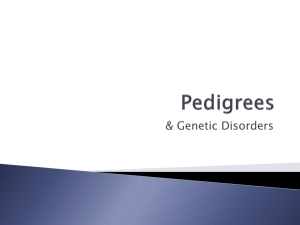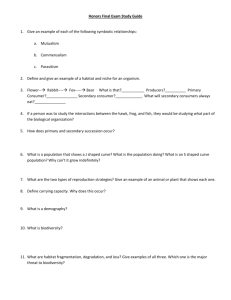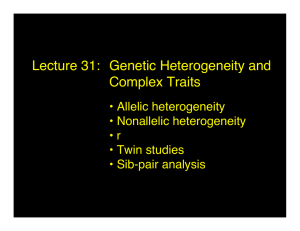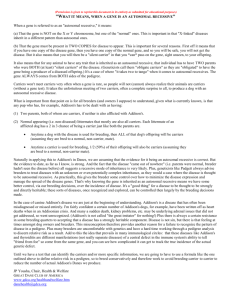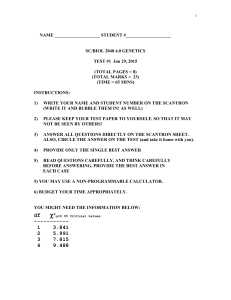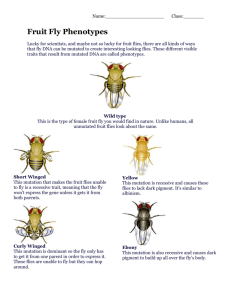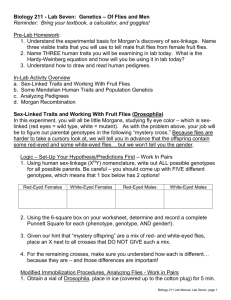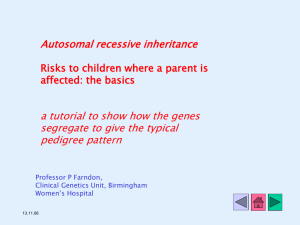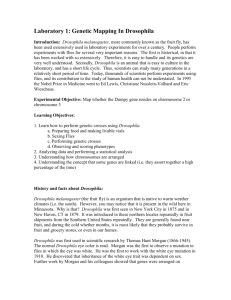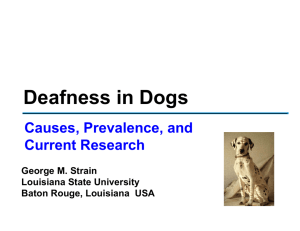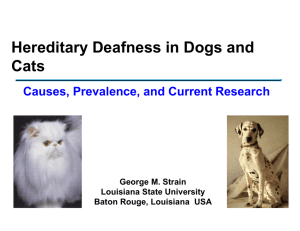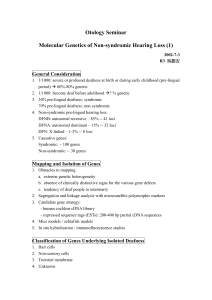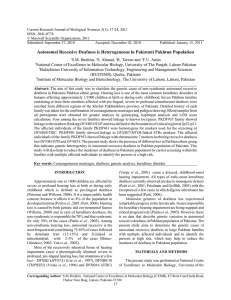Name
advertisement
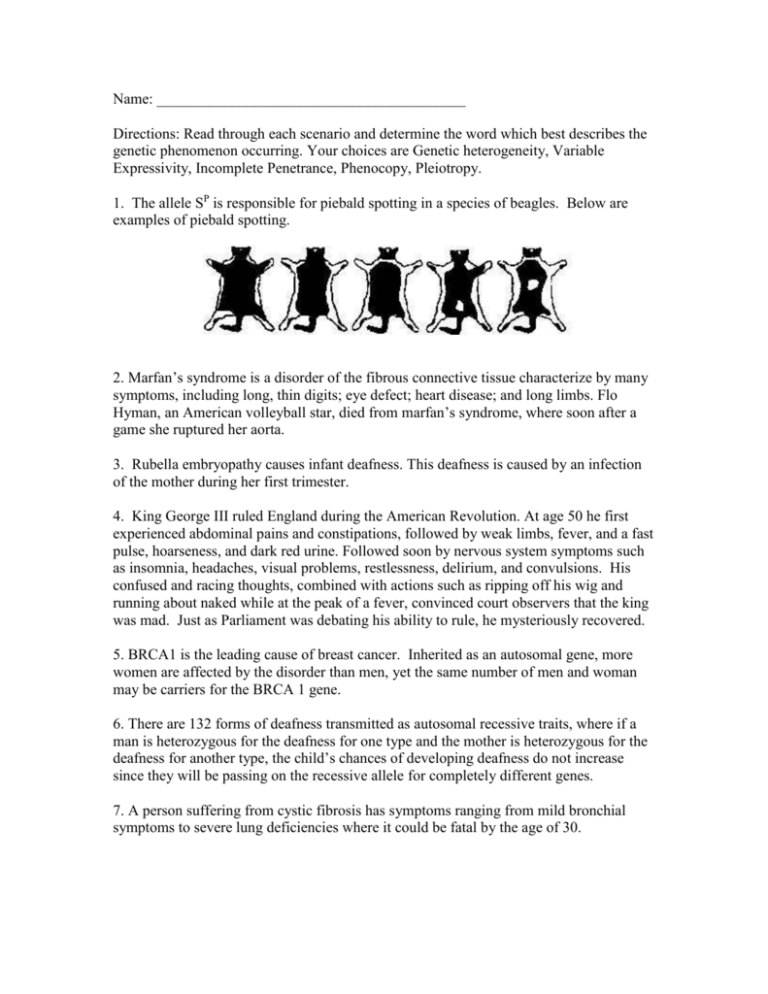
Name: _________________________________________ Directions: Read through each scenario and determine the word which best describes the genetic phenomenon occurring. Your choices are Genetic heterogeneity, Variable Expressivity, Incomplete Penetrance, Phenocopy, Pleiotropy. 1. The allele SP is responsible for piebald spotting in a species of beagles. Below are examples of piebald spotting. 2. Marfan’s syndrome is a disorder of the fibrous connective tissue characterize by many symptoms, including long, thin digits; eye defect; heart disease; and long limbs. Flo Hyman, an American volleyball star, died from marfan’s syndrome, where soon after a game she ruptured her aorta. 3. Rubella embryopathy causes infant deafness. This deafness is caused by an infection of the mother during her first trimester. 4. King George III ruled England during the American Revolution. At age 50 he first experienced abdominal pains and constipations, followed by weak limbs, fever, and a fast pulse, hoarseness, and dark red urine. Followed soon by nervous system symptoms such as insomnia, headaches, visual problems, restlessness, delirium, and convulsions. His confused and racing thoughts, combined with actions such as ripping off his wig and running about naked while at the peak of a fever, convinced court observers that the king was mad. Just as Parliament was debating his ability to rule, he mysteriously recovered. 5. BRCA1 is the leading cause of breast cancer. Inherited as an autosomal gene, more women are affected by the disorder than men, yet the same number of men and woman may be carriers for the BRCA 1 gene. 6. There are 132 forms of deafness transmitted as autosomal recessive traits, where if a man is heterozygous for the deafness for one type and the mother is heterozygous for the deafness for another type, the child’s chances of developing deafness do not increase since they will be passing on the recessive allele for completely different genes. 7. A person suffering from cystic fibrosis has symptoms ranging from mild bronchial symptoms to severe lung deficiencies where it could be fatal by the age of 30. 8. The Smith family was told that contacting a genetic counselor to determine the likelihood for the development of alzheimer’s might be difficult because of the many different genes that cause the disorder. 9. Following an injury on the football field, Thomas noticed his blood sugar was all over the place. He went to the doctor and neglected to tell him about the injury, and the doctor said that you may have diabetes. 10. A woman has severe neurofibromatosis type I. She has brown spots on her skin and several large tumors beneath her skin. A gene test shows that her son has inherited the disease-causing autosomal dominant allele, but he has no symptoms. 11. Patients with thalassemia, a disorder caused by defective beta-globin synthesis, have diverse clinical characteristics Patients with severe cases have profound anemia and require regular blood transfusions, while other individuals who carry the same allele have mild and undetectable symptoms 12. In fruit fly, Drosophila melanogaster, the normal body color is brownish-gray with black stripes along the abdomen. This was a genotypic character which was constant in both the flies in all environments. However, in 1939, Rapport discovered that if larva of normal flies were fed with silver salts, they develop into yellow bodied flies irrespective of their genotype. 13. In the fruit fly Drosophila, the vestigial gene plays a critical role in wing development. In fact, if these flies are homozygous for the recessive form of the vestigial gene (vg), they will develop short wings, and they will be unable to fly as a direct result. Along with regulating wing development, the gene changes the number of egg strings in a fly's ovaries, alters the position of bristles on a fly's scutellum, and decreases the length of a fly's life. 14. Retina pigmentosa is characterized by mottling of the retinal pigment epithelium with black bone-spicule pigmentation is typically indicative (or pathognomonic) of retinitis pigmentosa. It has been determined that its mode of inheritance can be sex-linked recessive, autosomal dominant, or in some cases autosomal recessive.


